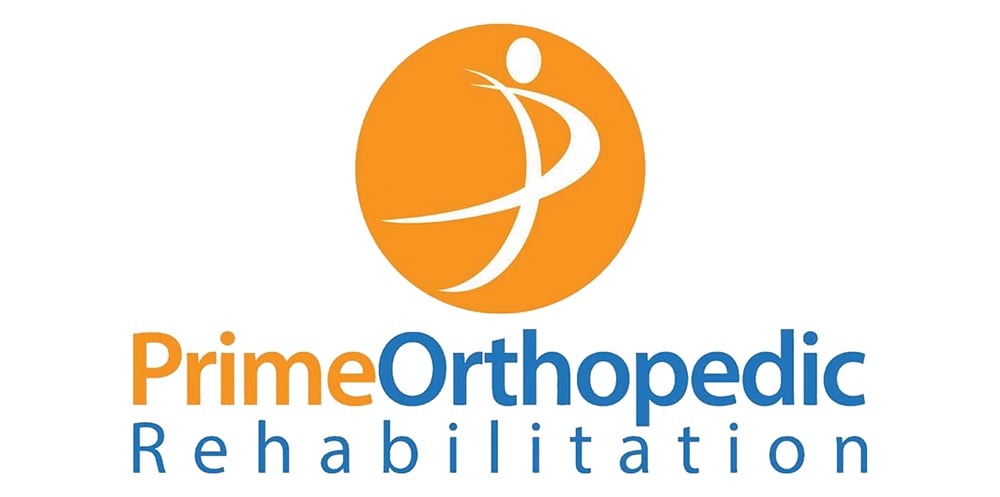
In 2011, the US Census Bureau reported that about 12 percent of the total population was classified as disabled. More than 50 percent of those disabled Americans were in their working years, ages 18–64. And the Social Security Administration’s February 2013 Fact Sheet projects that about 1 in 4 of today’s 20-year-olds will become disabled before they retire. If roughly 1 in 8 Americans are currently disabled and the odds are 1 in 4 that a disability will occur, it seems like an issue that merits serious attention, right? Well…sort of.
• A 2015 study by Insurance Barometer found that “61 percent of Americans say most people need disability insurance, yet only 26 percent have it.”
• A May 2014 report from the Council for Disability Awareness found that “57 percent of working adults report having no private disability insurance.”
Why doesn’t the threat of disability, and the financial havoc it causes, register for many Americans? Where is the disconnect?
First, there is the idea that while death may be inevitable, disability is avoidable. And in a way, that’s (partially) true. Good drivers have fewer accidents. Employees that observe workplace safety rules are less likely to be hurt on the job. Except…most disabilities are not the result of automobile collisions or workplace accidents. The JHA Disability Fact Book states 90 percent of disabilities are caused by illnesses. And the National Safety Council finds that 85 percent of disabling accidents and illnesses are not work related.
Then there is the variety. Because there are so many ways in which a disability can occur, there is perhaps the tendency for us to define disability as something that will happen to someone else. Which leads to these confounding statements:
• “Well you know, Ed always had a bad back. It’s not a surprise he had to stop working. But I’m careful about exercise and watch my weight, so I’ll never have that problem.”
• “I heard Jane was taking maternity leave, but I never thought the complications from pregnancy would keep her from returning. It’s a good thing I’m a man.”
• “Sure, work can be stressful, and I can understand how it might have knocked Fred for a loop; he has a tough job. But if I were disabled, I’d still work. That’s just the kind of person I am.”
If I were disabled, I’d still work. That statement (an actual quote from a business owner), has to be the ultimate example of defining disability so it can be ignored.
A Dose of Disability Reality
An internet search of “disability case studies” sheds light on what real disabilities are like, and how many are not workplace related. Even from this small sample, the breadth of conditions and occupations is sobering.
- A warehouse manager with severe cardiac artery disease
- A pharmacist with a degenerative hip condition
- A nurse with a rare visual disorder causing loss of vision and extreme light sensitivity
- A senior project manager with degenerative lumbar and cervical disk disease
- An investment banker with clinical depression and attention deficit disorder
- A court reporter with cubital tunnel syndrome and related wrist injuries
- A CPA with sleep apnea and clinical depression
- A dentist with a severed clavicle from a bicycle accident
- A doctor with a variety of psychiatric conditions
- An insurance agent with phobias, depression and other psychiatric conditions
- An orthopedic surgeon with numbness in fingers caused by diabetes
- A printer who suffered a heart attack while hiking
- A periodontist with a broken wrist, which surgeries failed to repair
Those who insist on their own definition of disability may not be swayed by this list. But notice how several of the disabilities were the result of conditions that were not immediately traumatic; they were degenerative conditions that got worse, or mental issues that became unmanageable.
Note also that these conditions might not be disabling for everyone; sleep apnea, diabetes and depression do not always result in disability. But for these people, they did. Conclusion: They didn’t get to define their disability out of existence. And you don’t either.
When is the last time you took a realistic look at the risk of a disability, and your options for dealing with it?












